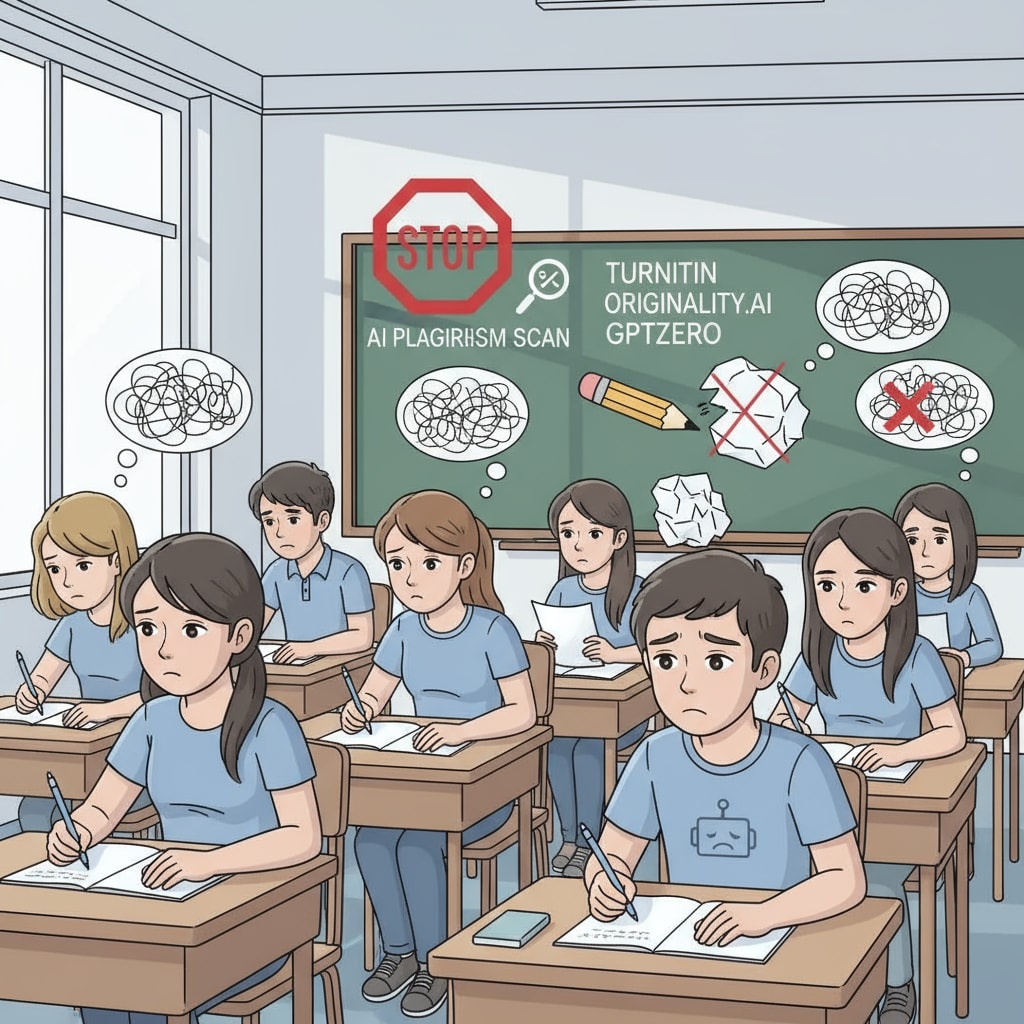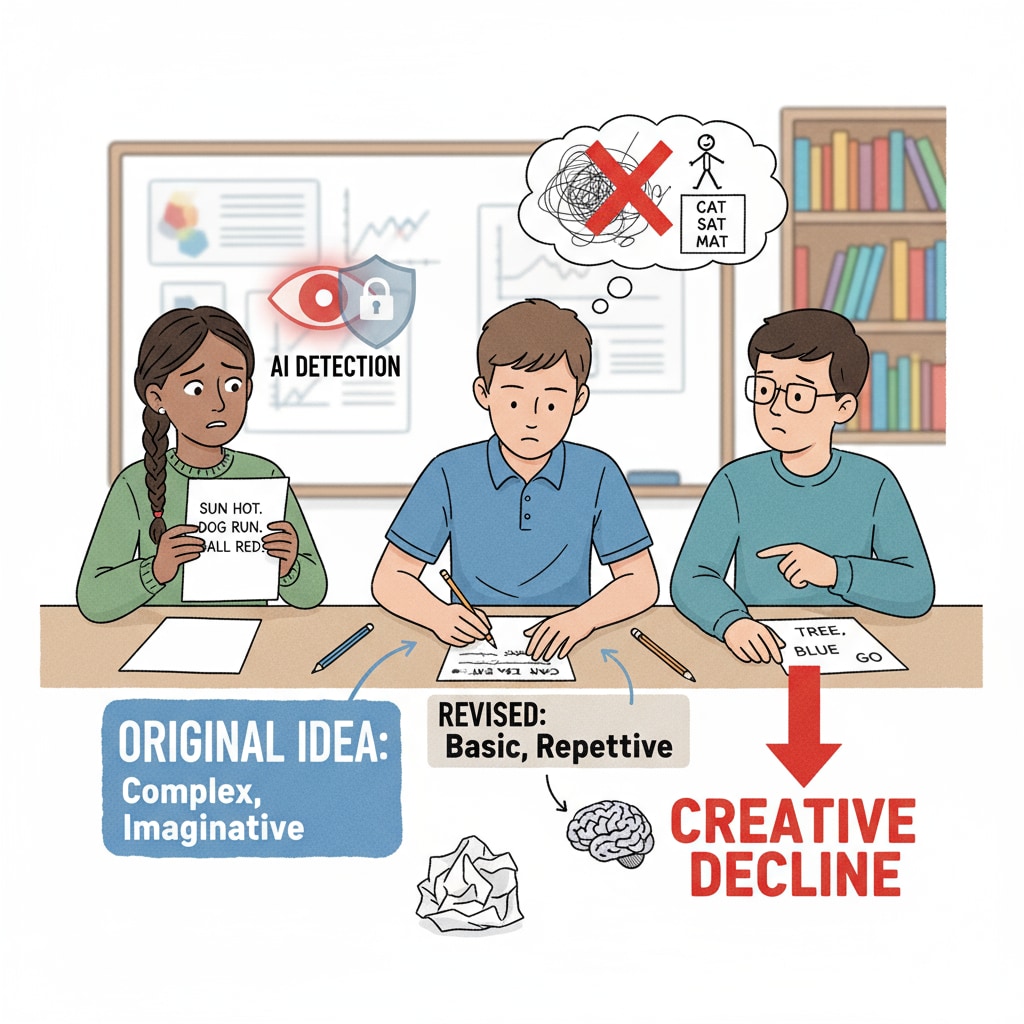Creative writing, AI detection, and student creativity are intertwined in the modern educational landscape, especially in high school settings. The widespread use of AI detection tools in high school creative writing courses is presenting students with unprecedented challenges. These tools, while intended to maintain academic integrity, are having a significant negative impact on students’ creative writing abilities and enthusiasm.

The Fear Factor: How AI Detection Restricts Creativity
One of the most immediate consequences of AI detection tools in high school creative writing is the fear they instill in students. For example, students are often worried that their unique writing styles or innovative ideas might be misinterpreted as AI-generated content. As a result, they tend to play it safe, sticking to conventional writing techniques and ideas. This fear restricts their creativity, as they are less likely to take risks and explore new narrative styles or themes. According to National Education Association (NEA) research on creativity in the classroom, creativity flourishes when students feel safe to express themselves freely, but AI detection tools are undermining this crucial sense of security.
The Quality Dilemma: Lowering Writing Standards to Avoid False Positives
Another significant issue is that students are reducing the complexity and sophistication of their writing to avoid false positives from AI detection tools. They are afraid that advanced vocabulary, complex sentence structures, or elaborate storytelling might be flagged as AI-generated. Therefore, they opt for simpler language and basic writing forms. This not only affects the quality of their creative writing but also hinders their development as writers. As explained in this guide on teaching creative writing, students need to be encouraged to experiment with language and style to grow as writers, but AI detection tools are pushing them in the opposite direction.

In conclusion, while AI detection tools have a place in maintaining academic integrity, their current use in high school creative writing courses is causing more harm than good. They are stifling student creativity, creating a tense classroom atmosphere, and ultimately impeding the development of students’ writing skills. Educators need to find a balance between using these tools and fostering an environment where students can freely express their creativity in their creative writing endeavors.
Readability guidance: By using short paragraphs and lists, we can clearly present the key points. Each H2 section provides a distinct aspect of the issue. The passive语态 is kept to a minimum, and transition words like “for example”, “therefore”, and “as a result” are used to enhance the flow of the article.


